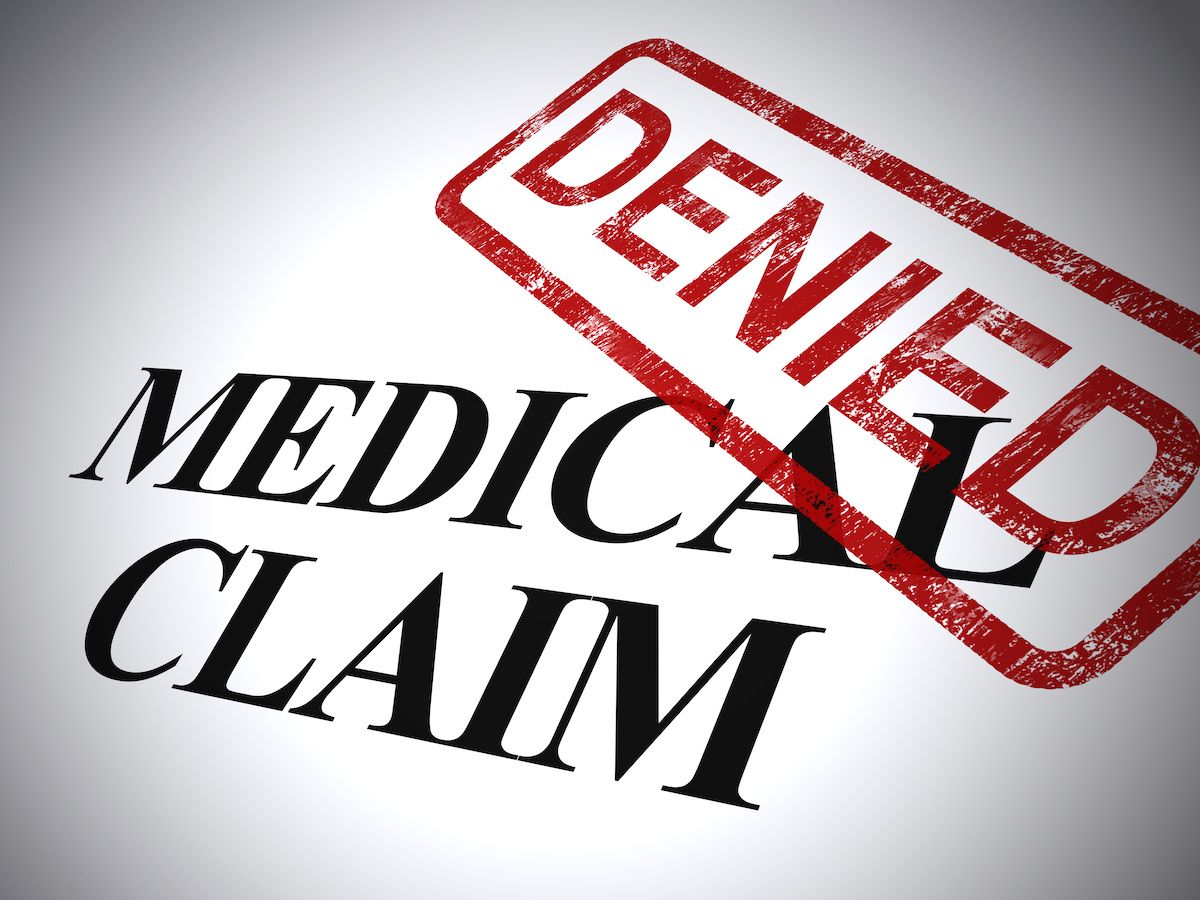Article
Personal Health Records: Widespread adoption of PHRs could save $21 billion a year, according to study
Author(s):
If 80 percent of the population maintained a personal health record, it would save the U.S. $21 billion a year on health-care costs, according to a recently released study.
If 80 percent of the population maintained a personal health record – a web-based system that allows patients to view and manage their medical data – it would save the U.S. $21 billion a year on health-care costs, according to a study released earlier this month by a nonprofit research group.
But not all PHRs are created equal, according Boston-based Center for Information Technology Leadership, which researched and wrote the 132-page study with financial help, but reportedly no influence, from major PHR providers, such as Google, Microsoft and Kaiser Permanente.
CITL divided PHRs into four categories: Payer-tethered (offered by an insurance company), provider-tethered (offered by a hospital or health system), third-party (Google or Microsoft), and interoperable (a hybrid of all three types) and analyzed the implementation cost of each and how much each would help reduce health costs if each reached CITL’s ambitious 80 percent adoption rate. Right now, less than 5 percent of consumers use 100 to 200 of the current PHR products offered by insurance companies, hospital systems, community health exchanges, and third-parties.
“This is not meant to be a market analysis,” says study co-author Eric Pan, MD, an internist with a solo practice in San Diego. “The four types we look at are really abstract, idealized types of architecture. …We push it to the extreme and ask if the government and health care were unified behind this one approach, what does that mean for the nation?”
The best model, according to CITL researchers, is an interoperable format that requires statewide or regional aggregation and management of medical data. While no nationwide models exist, there are at least 42 such operational community-based information exchanges with medical facilities and organizations supplying, sharing, and managing data, according to the nonprofit eHealth Initiative, but not all exchanges include a PHR element or are compatible with other community exchanges.
CITL estimates an interoperable system that connects at least 428 of the 972 regions with 10,000 or more people would be necessary to achieve 80 percent PHR adoption of the U.S. population, which would cost $3.7 billion to build and implement and about $1.9 billion a year to maintain.
CITL’s ideal PHRs would be able to share test results, medication lists, offer management for congestive heart failure, smoking cessation, appointment scheduling, medication renewals, pre-encounter questionnaires, and e-visits, which the study defines as simple e-mail exchanges between physician and patient.





